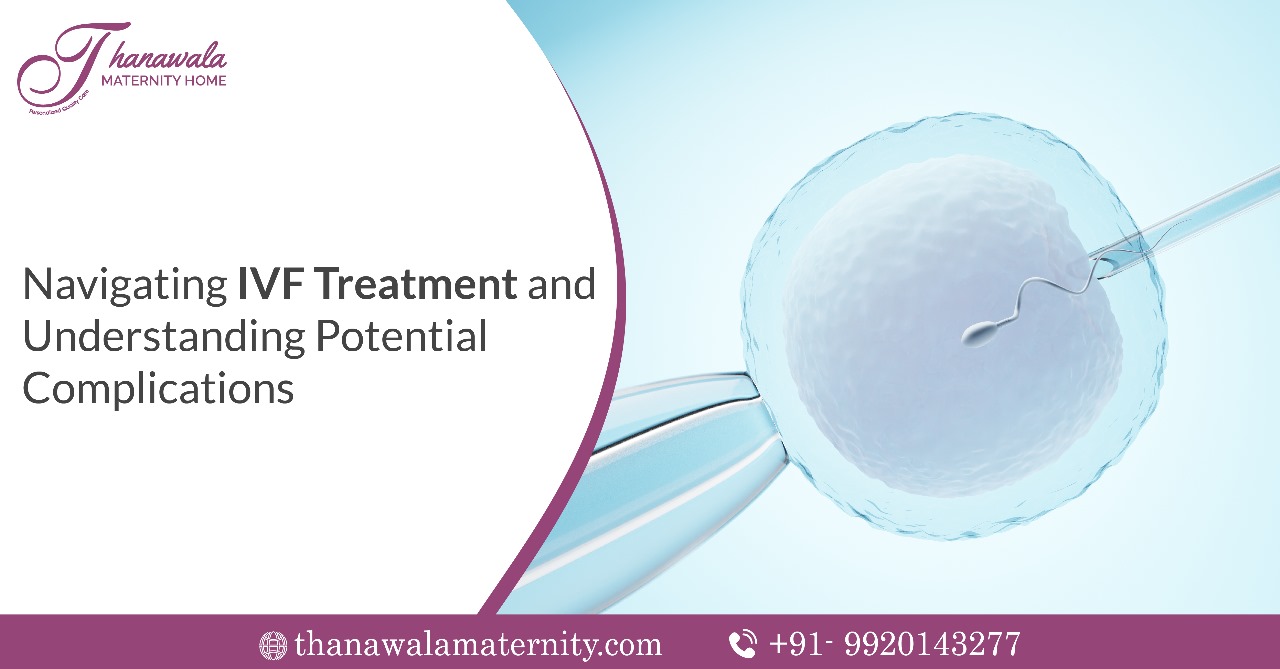Introduction
Infertility can be a challenging and emotionally distressing journey for couples longing to conceive. In recent times, scientific progressions such as In-Vitro Fertilization (IVF) have provided a beacon of hope and solutions for those struggling with fertility struggles. While IVF has been a remarkable breakthrough, understanding its intricacies, benefits, and potential complications is crucial for individuals considering this path to parenthood.
Underlying Causes of Infertility
Infertility can arise from an array of factors encompassing hormonal imbalances, structural irregularities, genetic concerns, lifestyle variables, and age-related challenges. These influences can impact both genders, rendering conception elusive despite earnest endeavours.
IVF: An Innovative Panacea
Nearly forty-four years ago, the birth of the world’s first “test tube baby” signified a pivotal turning point in reproductive medicine. IVF, also termed assisted reproductive technology, entails merging an egg and sperm outside the body, followed by implanting the resultant embryo into the woman’s uterus. This procedure materialized as a response to infertility predicaments that remained impervious to conventional approaches.
The Evolution of IVF
The evolution of IVF was an outcome of extensive research and experimentation. The late 1970s witnessed the pioneering efforts of Dr. Robert Edwards and Dr. Patrick Steptoe, which culminated in the birth of Louise Brown, the inaugural IVF baby. Their pioneering work paved the way for further advancements in reproductive medicine.
India’s First Test Tube Baby:
In 1986, India commemorated its inaugural successful IVF birth with the arrival of Durga, affectionately known as the “test tube baby.” Dr. Indira Hinduja, in collaboration with the KEM Hospital team in Mumbai, played a pivotal role in achieving this milestone. Since then, IVF has gained traction in India, offering a glimmer of hope to those struggling with infertility.
Indications for IVF
IVF is often recommended when conventional fertility treatments prove ineffective. Common indicators for IVF encompass blocked fallopian tubes, male factor infertility, inexplicable infertility, advanced maternal age, and hereditary disorders with potential implications for offspring.
“Also check out the factors: When Is IVF Required In Infertility Treatment
Understanding Potential Complications
While IVF has brought hope to countless couples, it’s important to be aware of potential complications. Some challenges include:
- Multiple Pregnancies: IVF heightens the likelihood of multiple pregnancies, which can pose health risks for both the mother and infants.
- Ovarian Hyperstimulation Syndrome (OHSS): The administration of fertility medications to stimulate egg production can occasionally lead to OHSS, characterized by abdominal discomfort, bloating, and in severe instances, accumulation of fluids in the abdominal and chest cavities.
- Ectopic Pregnancy: In certain scenarios, the embryo might implant outside the uterus, typically within the Fallopian tubes. This condition necessitates urgent medical intervention due to its potential life-threatening nature.
- Emotional Strain: The emotional toll of IVF can be substantial, with its ebbs and flows impacting the psychological well-being of both partners.
- Financial Burden: IVF can be financially demanding, and the necessity for multiple cycles could amplify financial strain.
Conclusion
IVF has revolutionized the lives of countless couples, turning their aspirations of parenthood into tangible realities. Grasping the journey, comprehending its historical significance, recognizing the role of experts like Dr. Uday Thanawala, and acknowledging potential challenges is pivotal for making well-informed decisions. With the progress of medical technology, IVF continues to offer hope to those embarking on the path of family-building, ushering in fresh beginnings even in the face of infertility obstacles.
Manage Your Stress Level In IVF Check Out: How to Manage Stress During IVF Treatment!







